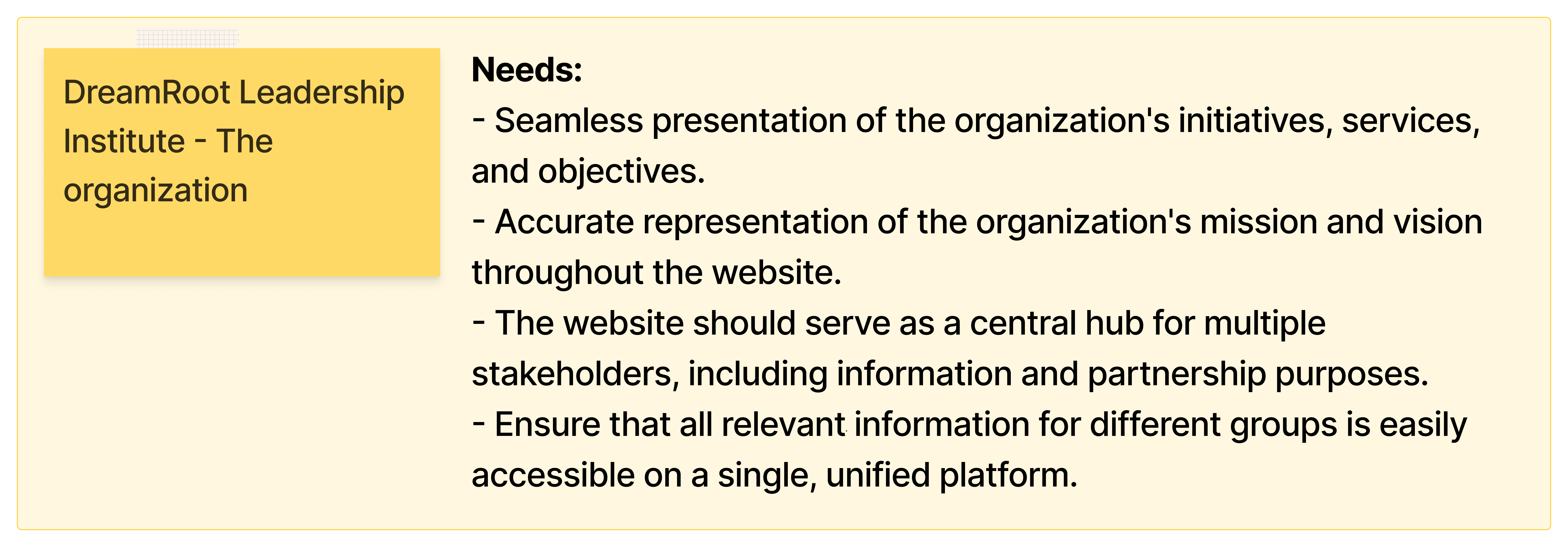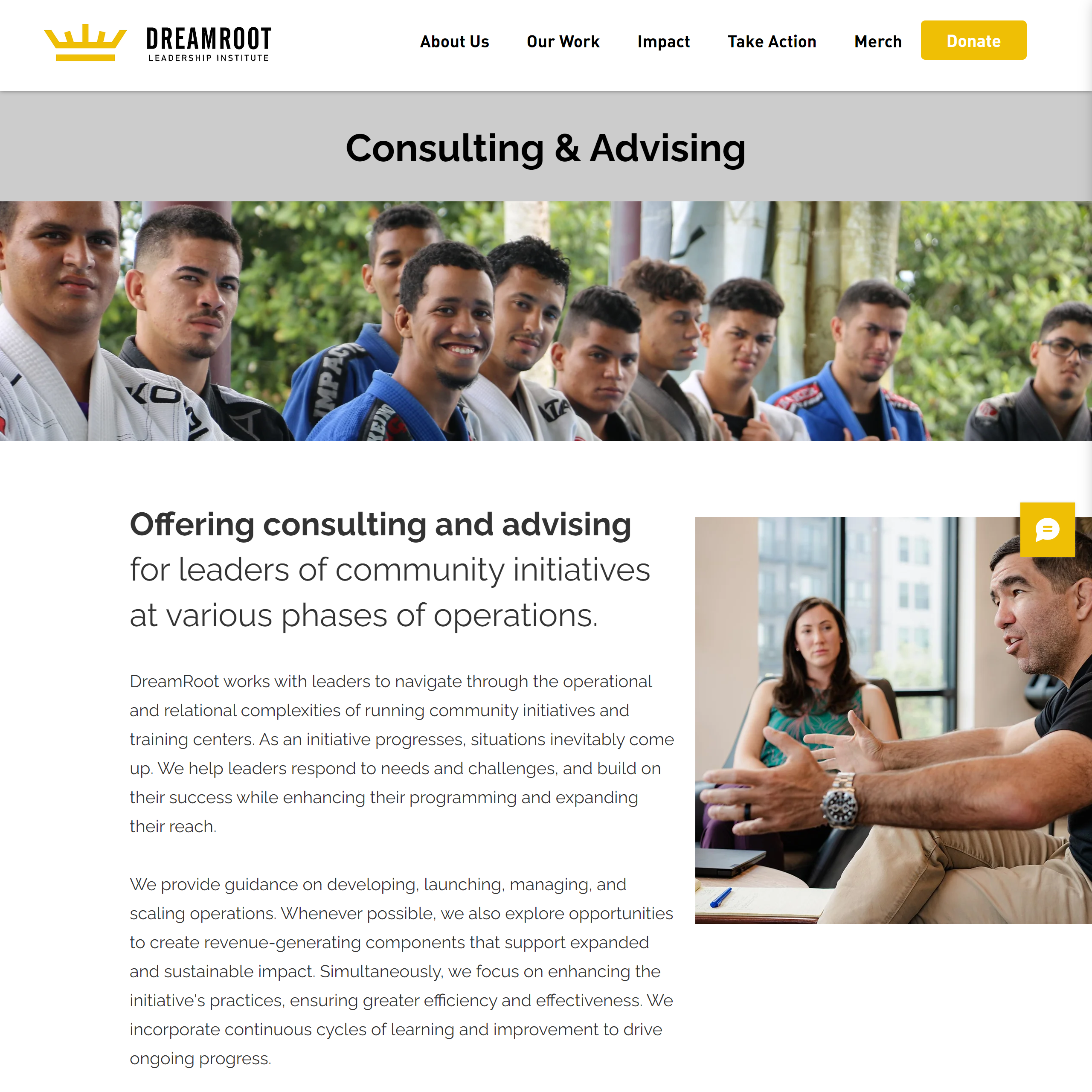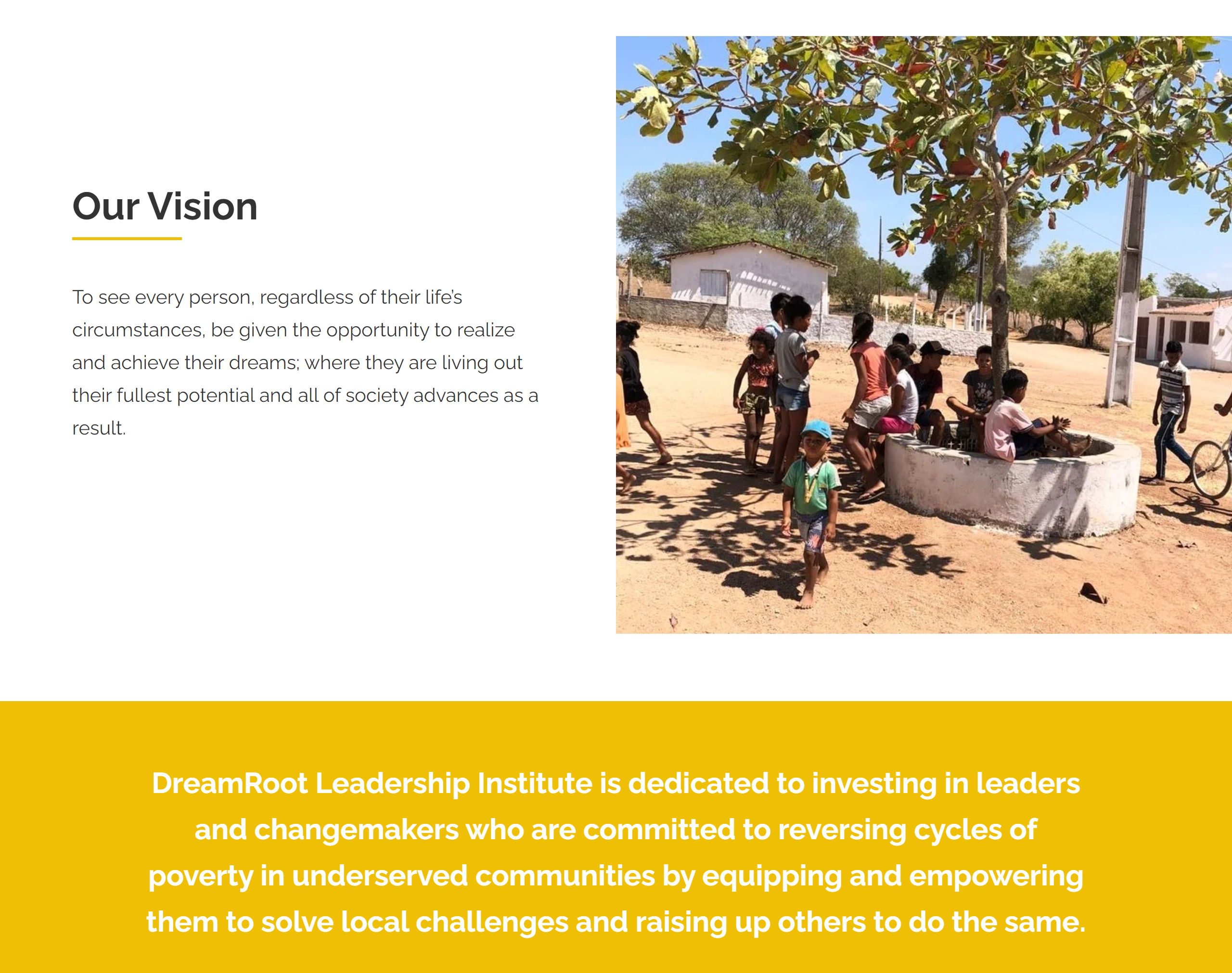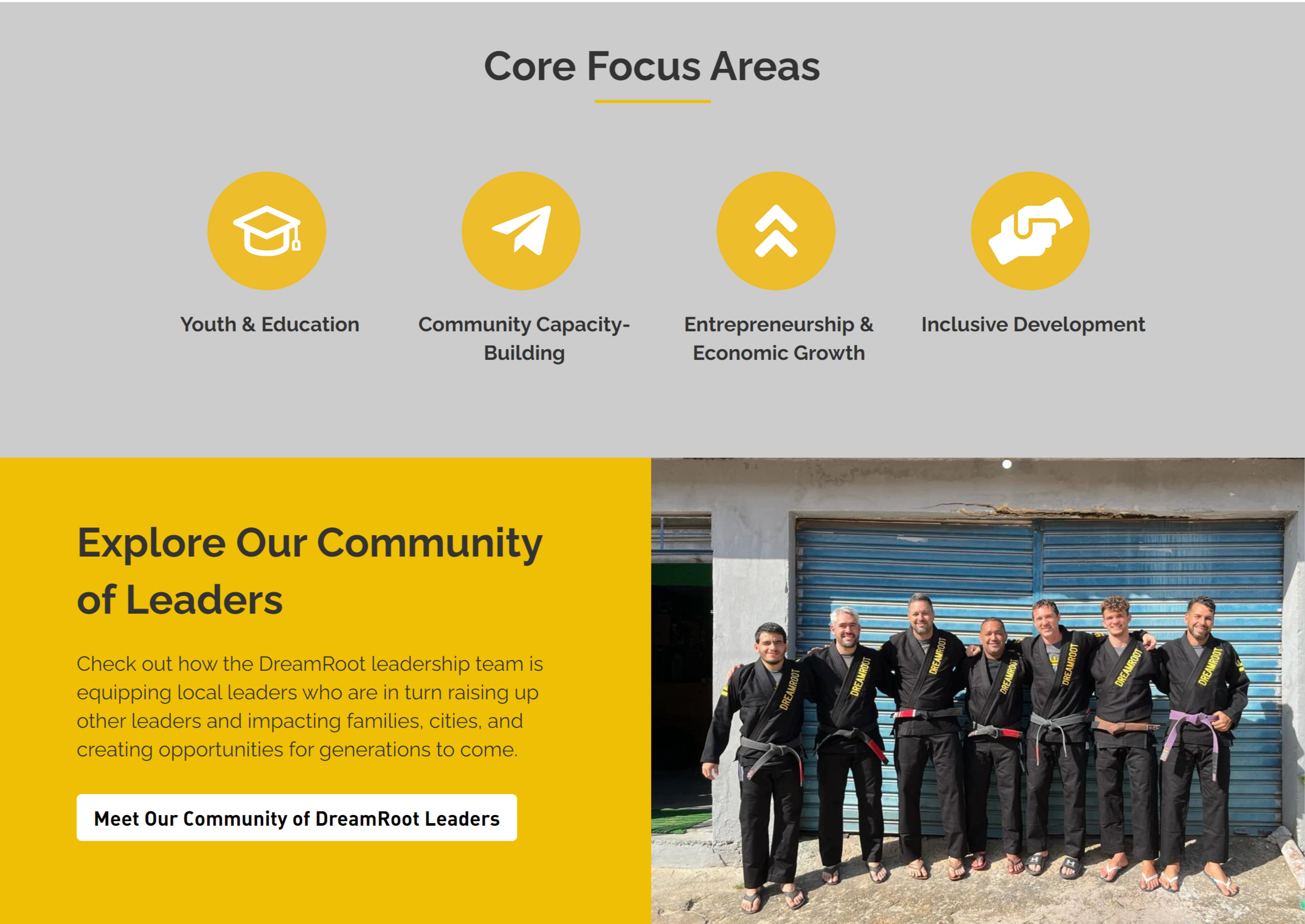01 PRELIMINARY RESEARCH & STAKEHOLDER INTERVIEWS
I initiated the process by understanding the organization's key offerings and programs, areas of operation, and community-building activities. This helped me understand how different initiatives collaborated and should be prominently highlighted on the website. I also performed a competitor analysis to gain insights into key features, opportunities for improvement, and ways to gain an edge. Additionally, I conducted an audit of the previous website, which failed on multiple parameters of heuristic evaluation and cognitive walkthrough.
I had an in-depth discussion with the co-founder to understand the issues their target audience and other stakeholders were facing. The information on the website was poorly organized, making it difficult for potential customers or investors to find the information they needed, which hindered building trust and credibility. Since the website serves as the organization’s main point of representation, it needed to align with its mission, vision, and business objectives.
Mission: To unlock the potential of leaders in underserved communities to reverse the cycles of poverty and promote the well-being of every member of society.
Vision: To see every person, regardless of their life’s circumstances, given the opportunity to realize and achieve their dreams, where they are living out their fullest potential and all of society advances as a result.
Business objectives: To invest in leaders and changemakers committed to reversing cycles of poverty in underserved communities by equipping and empowering them to solve local challenges and raise others to do the same.
The conclusion:
- Clean and modern looking designs
- Information should be easy to access / Highly organized navigation
- Imagery needs to convey diversity and various initatives
- Needs to have valuable content that resonates with the users
- Easier for different stakeholders to find information
- Easier to make edits and changes going forward
02 PROTO PERSONA




03 INFORMATION ARCHITECTURE
- I organized all the information into various categories and created labels. I consolidated and expanded various topics to make the content more focused on specific user groups. To achieve this, I created hypothetical scenarios to ideate the potential paths users might take.
- In the end, the navigation was organized with a total of 32 pages, 6 categories, and 10 subcategories. Each category/subcategory focused on the needs of a particular user group. With this, I was ready to create components such as a design system, layouts, an image repository, and other assets. Regular check-ins were scheduled with the co-founder to ensure that the business objectives and expectations were being met.

04 DESIGN SYSTEM
The organization already had an established logo, but there was no cohesive design system in place. This was the perfect opportunity to define the essentials, including typography, buttons, and a cohesive color palette. This will defiantly help improved the user experience and also streamline the design and development process for current and future expansions.

05 IMAGERY

06 DESIGN SNIPPETS
The final designs highlighted the key features of each project and training program. Each page was had clean, intuitive, and user-focused designs, ensuring that visitors could easily navigate the site and achieve their goals.






07 WEBSITE DEVELOPMENT & HANDOVER
After completing the UI/UX design phase, I leveraged my website development skills to create a functioning web-based platform by building the website on Wix. This allowed me to seamlessly translate the design into a functional and visually appealing website. I ensured that the final product adhered to the design specifications and provided a seamless user experience. The website was optimized for responsiveness across devices, ensuring accessibility and ease of use for all visitors. I also provided comprehensive training to the client’s content development team on how to make updates and add blog posts independently using Wix’s user-friendly tools.
https://www.dreamrootinstitute.org/
08 MY LEARNINGS
- Regular website audits are important to ensure that the information architecture and user flows are updated, especially when new information or pages are added.
- The significance of identifying and prioritizing user personas to ensure the new information architecture meets the needs of key user groups.
- Conducting a thorough audit of an existing website's information architecture and identifying areas for improvement.
- I would have liked to conduct treejack or chalkmark testing to validate the new sitemap, along with usability testing to ensure the new designs aligned better with user needs.